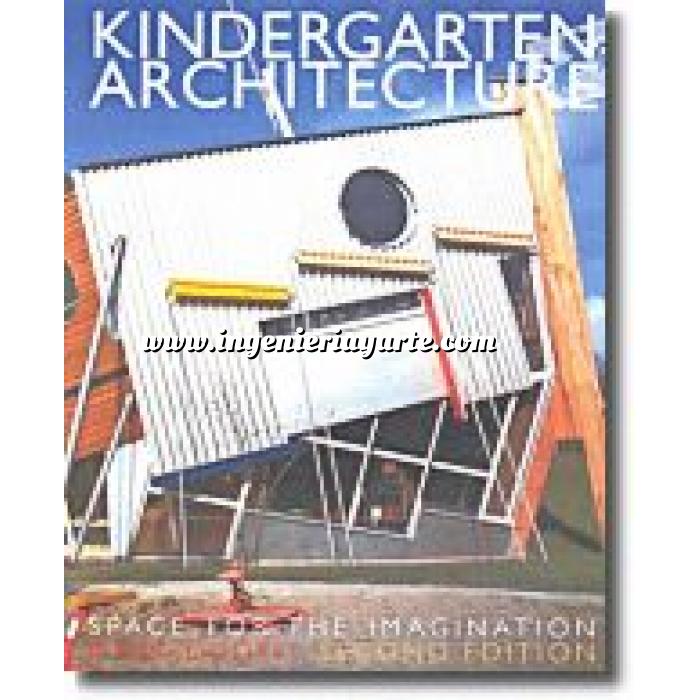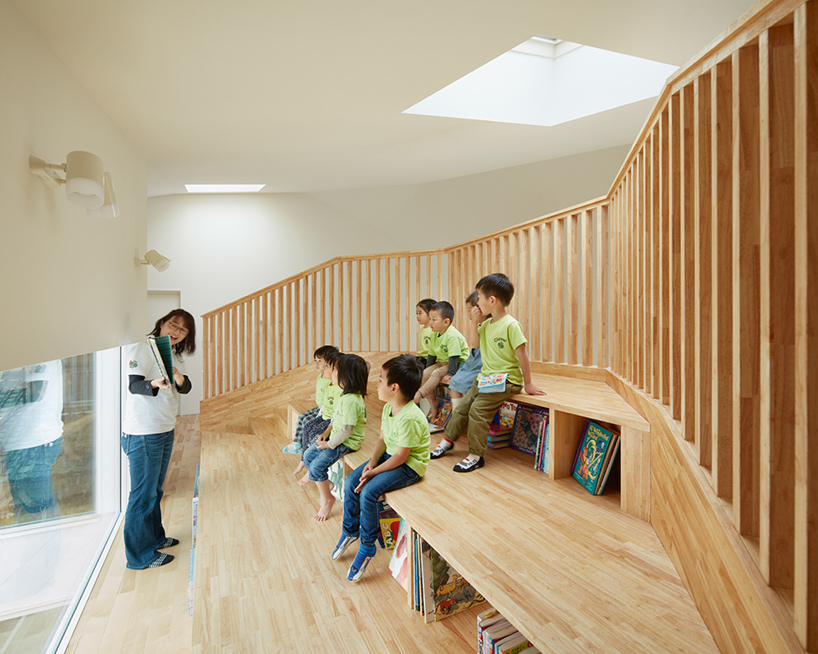Kindergarten Architecture Space For The Imagination
This publication about pre-school nursery design illustrates major issues and ideas about these spaces and provides comprehensive guidance for the planners and designers of such spaces. The author presents examples of historical and contemporary kindergartens that demonstrate practical ways that educational theory can be incorporated into new buildings. The guide addresses such issues as whether kindergartens should be designed like homes away from homes, what spaces a modern nursery should have, and what special details should be considered to enhance the learning environment. The book also charts attempts made by educators and architects over the last 100 years to provide educational environments for young children. This revised edition features two new projects from Denmark and the United States and provides new source material throughout the book.
(Contains 10 references.) (GR).
Kindergarten Architecture Space For The Imagination Project
Inspiring Architecture: key features of learning environments enabling young children’s social, cognitive and physical development. (Mark Dudek’s PhD application)For over thirty years I have been researching how the quality of a space can have developmental benefits, stimulating young children on many different levels and playing a crucial role in their social, cognitive and physical development. This work has included visits to thousands of education buildings all over the world, observing and documenting the activities which take place there. Over those years my explorations were translated into designs for many purpose-built schools and nurseries reflecting this deep empathy.The evidence of this engagement shows a number of positive effects of a well-designed school. Specifically, the links between space, pedagogy and outcomes.

Citing clear evidence that an architecturally enhanced school building improves academic performance and helps to sustain it throughout the life of the child. Crucially, they represent the proposition that architecture can be inspiring, both for young children and for those who teach and care for them. This helps them build strong relationships. In this way they highlight the importance of young children within and to societies.My research journey and my career as an architect to date have been devoted in no small part to these issues as they affect primary schools and the children who use them.
Its original impetus came, through my profound interest, as a Father and as an architect, in an area of architecture no less important, but much less researched, buildings for young children. As my children progressed through the UK education system, this expertise has broadened to take in secondary schools and higher education environments. However, to make this work as proscriptive as possible, this PhD study will be contained within the framework of learning environments for children aged 0-11 years.Mere observations are not knowledge. In order to make the world comprehensible, the need to connect observations into comprehensive theories, is a critical task. Learning from the ideas of generations of educationalists as well as from the pioneers of kindergarten and primary school architecture in countries as far apart as Japan, Germany, Malaysia, Mexico, Italy, Tajikistan and Wales, I have developed a conceptual and practical framework defining the soft and hard features of school environments that optimise learning and development. This framework has been shared and continually expanded not only in a range of academic and theoretical publications, but also in practical guides to planning, designing and building imaginative and exciting spaces for young children.
The latter are aimed at primary school teachers and head teachers, early childhood practitioners, those commissioning buildings for young children and fellow architects.2/ Background / RationaleThere are 21,200 schools in England. Their estimated internal area is 62 million square metres. Approximately 60 per cent of school space in the UK was built before 1976. There is a need to increase the number of school places by 5 per cent in the next five years. Much school space will need to be adapted and re-imagined to meet changing needs.Government policy on increasing parental choice and the perceived poor performance of schools is being addressed by the transfer of much of the schools estate from local authorities to individual schools or small chains with their own governing bodies, who contract directly with the Department of Education, and control their own capital budgets.

Whilst this may be viewed in some circles as a case of ‘moving the deck-chairs around’, the on-going changes to the structure of education are having far-reaching ramifications.